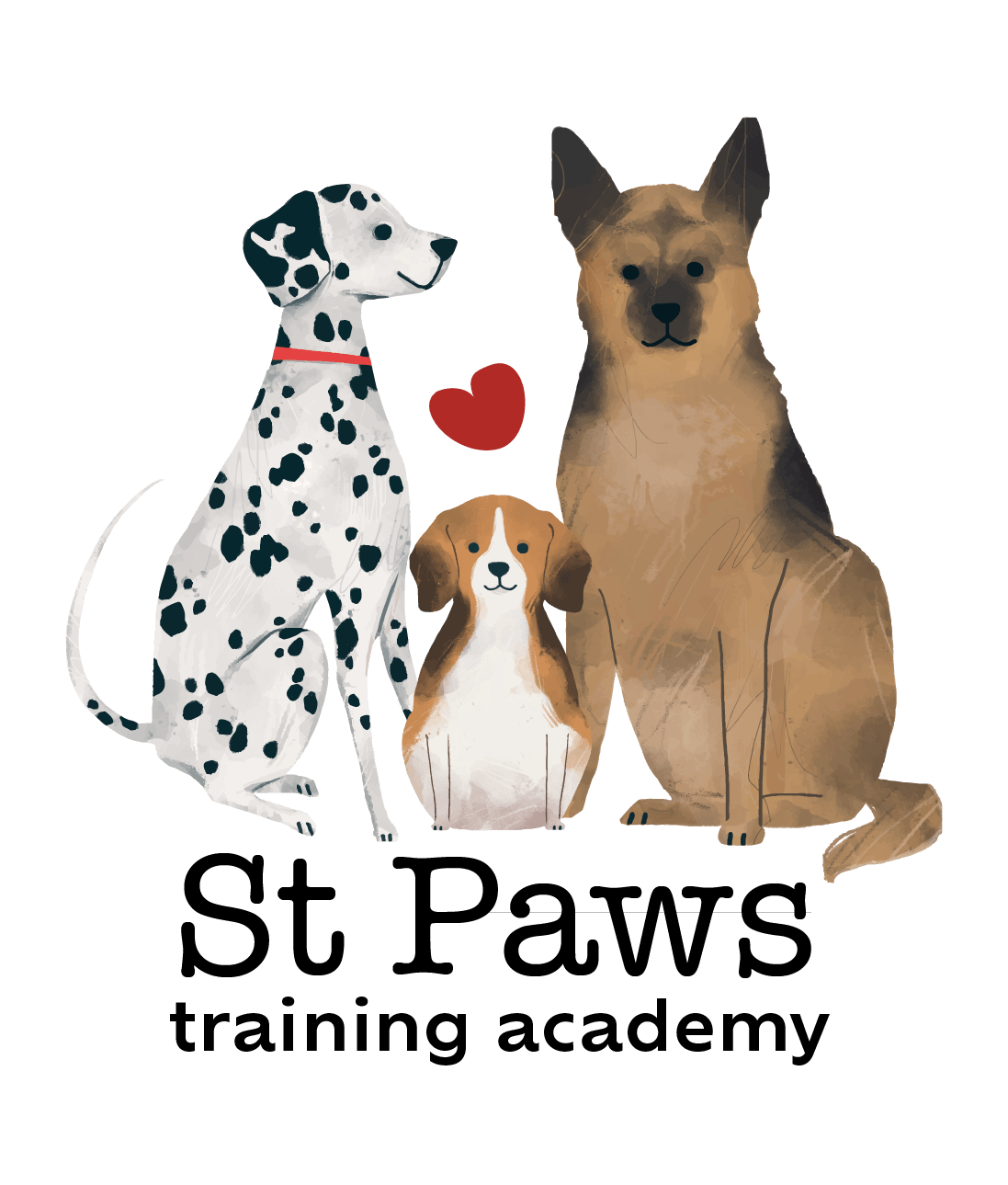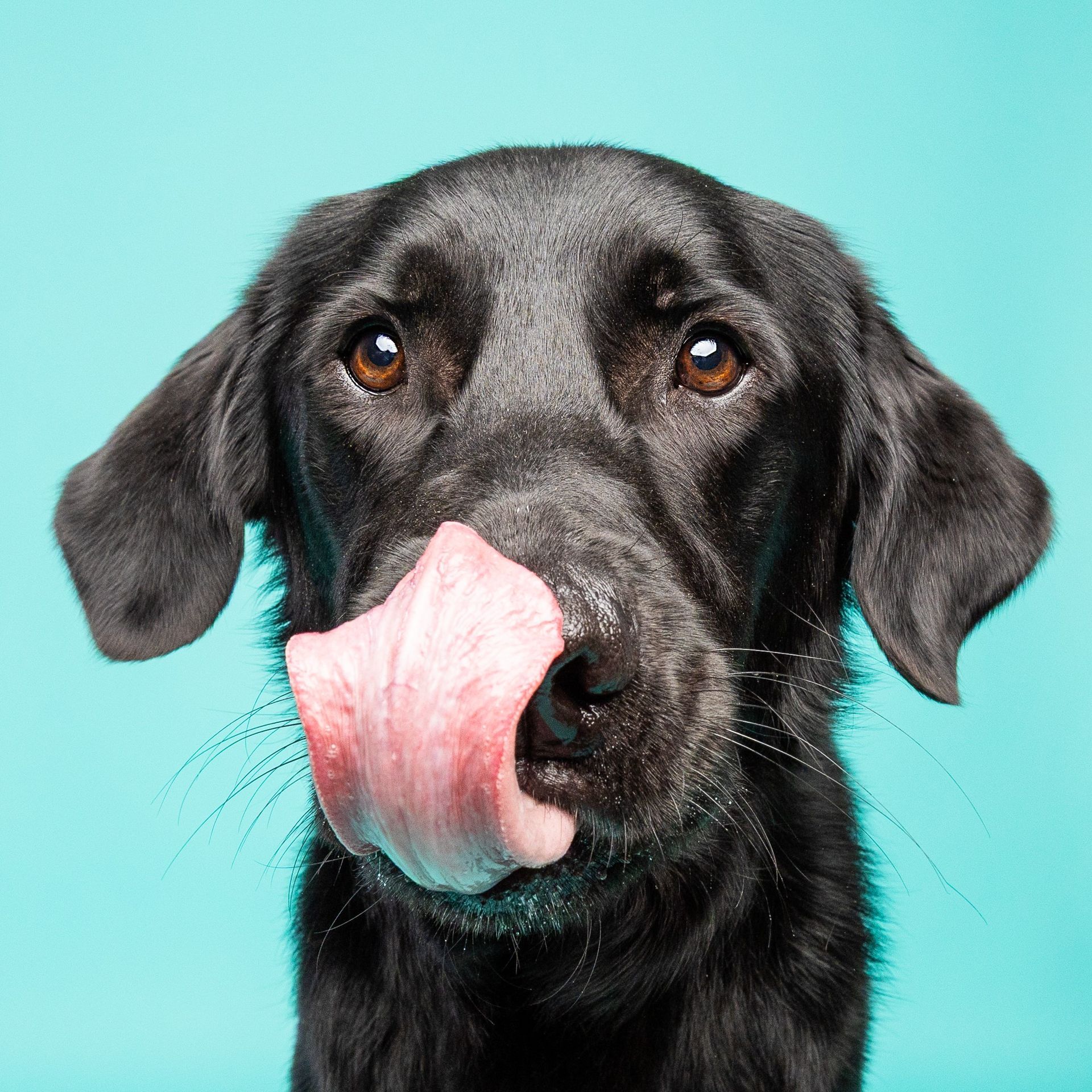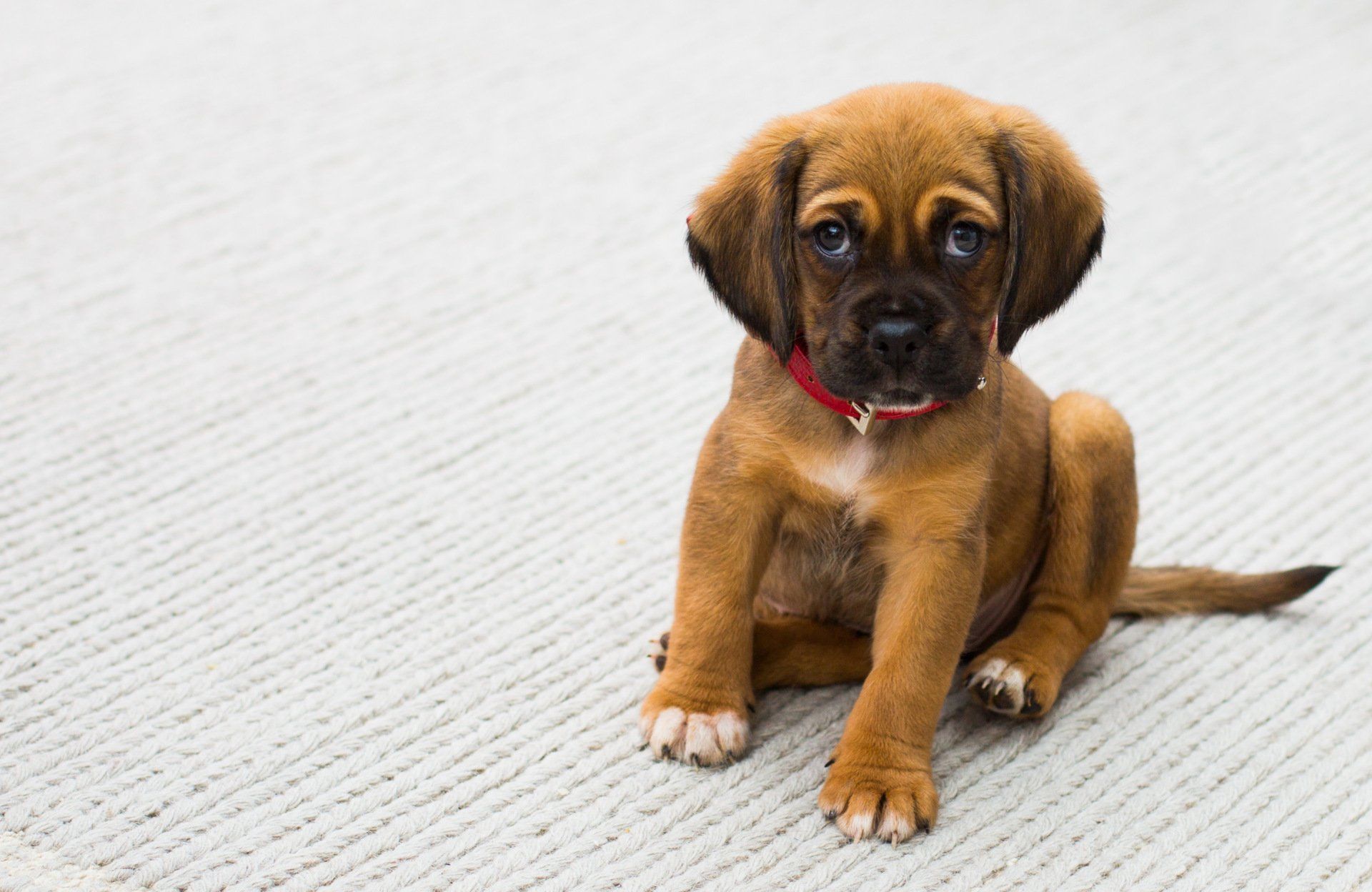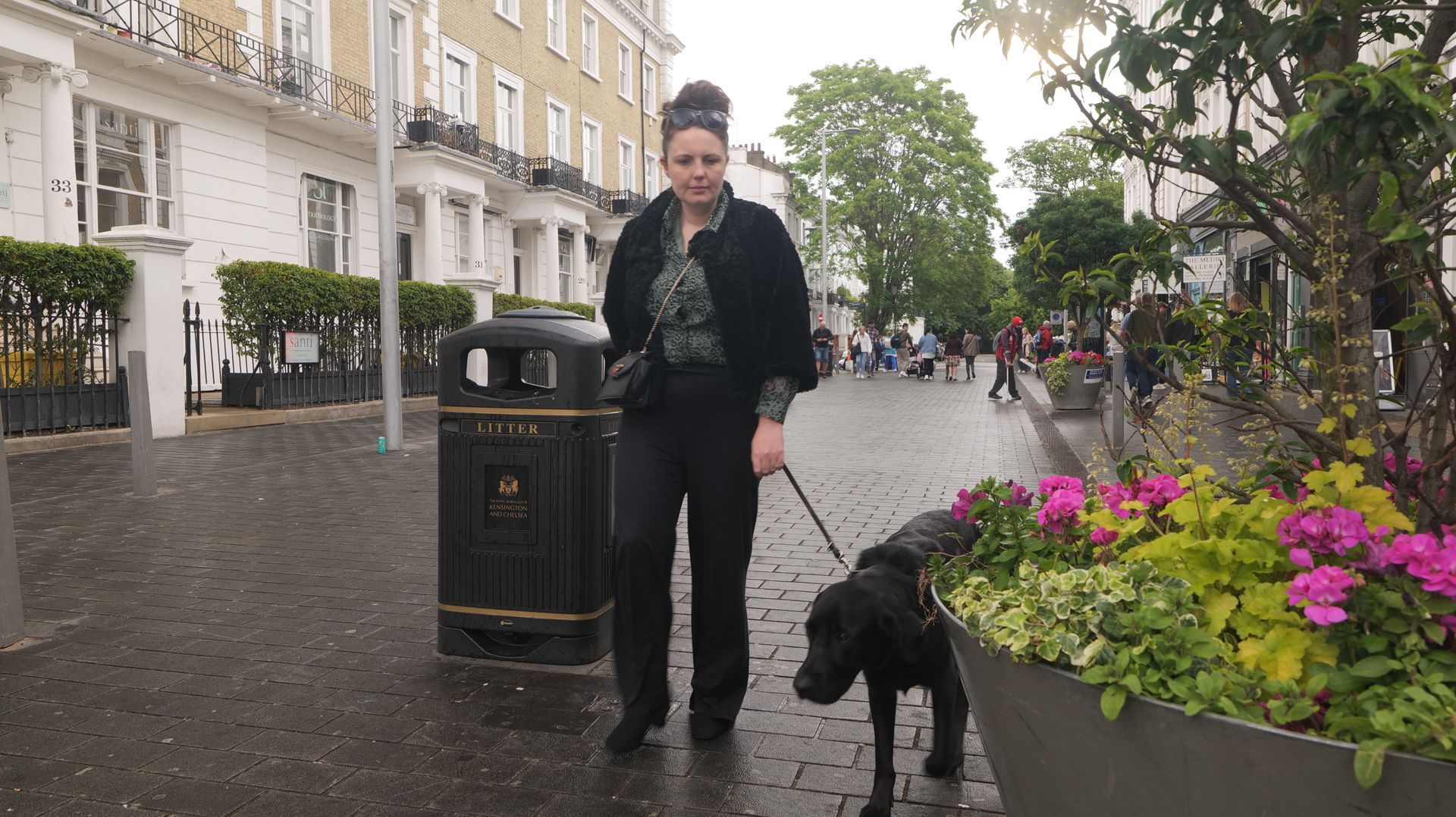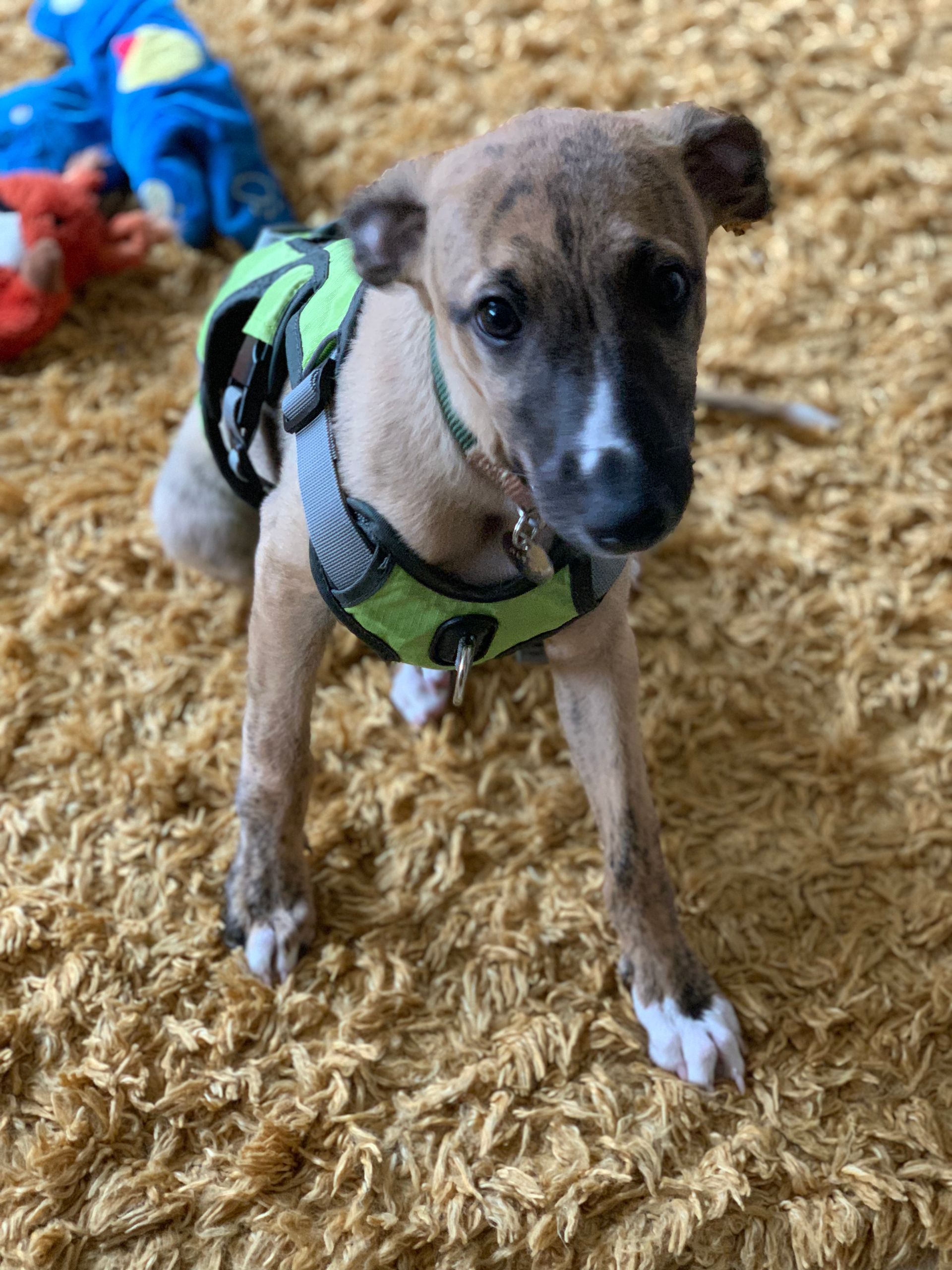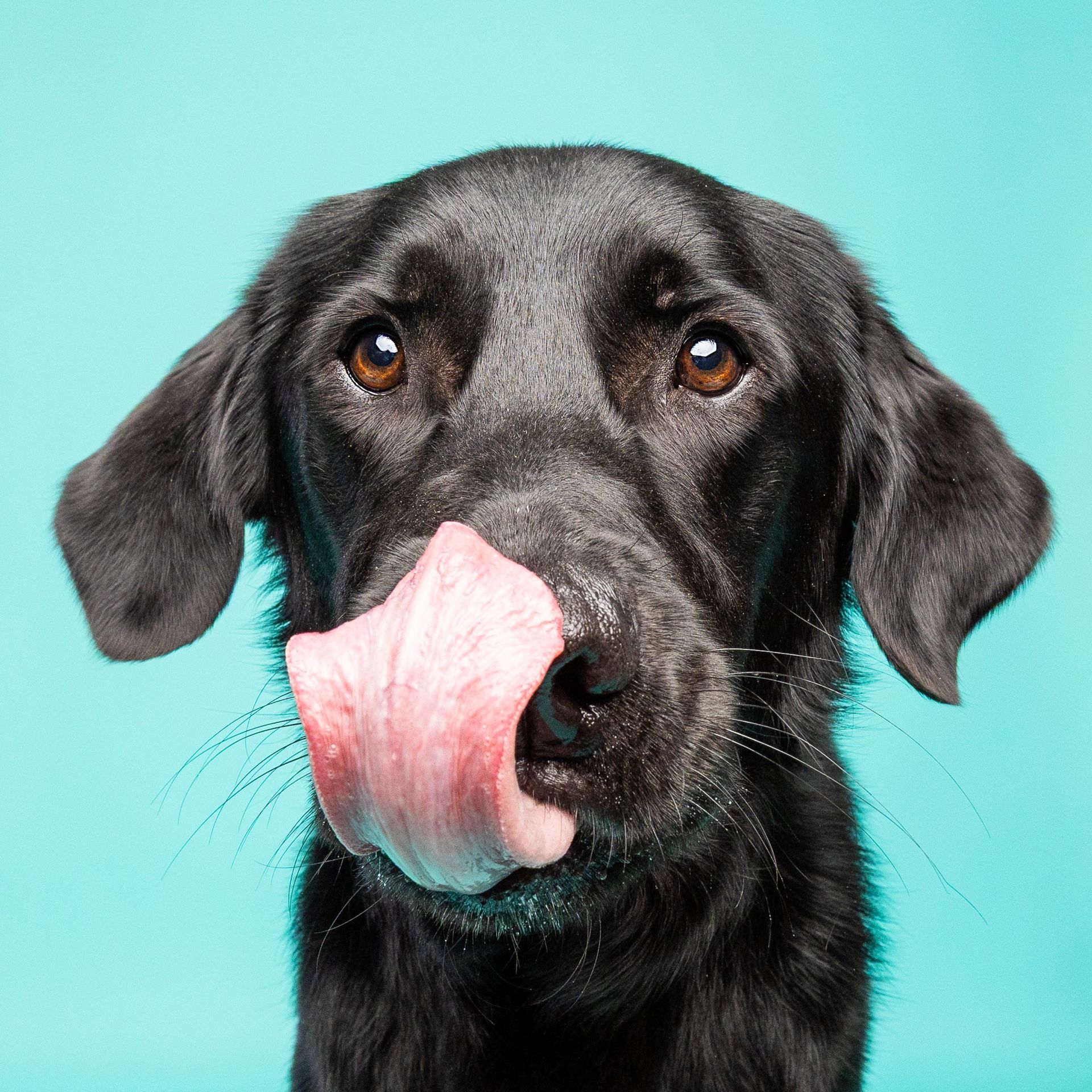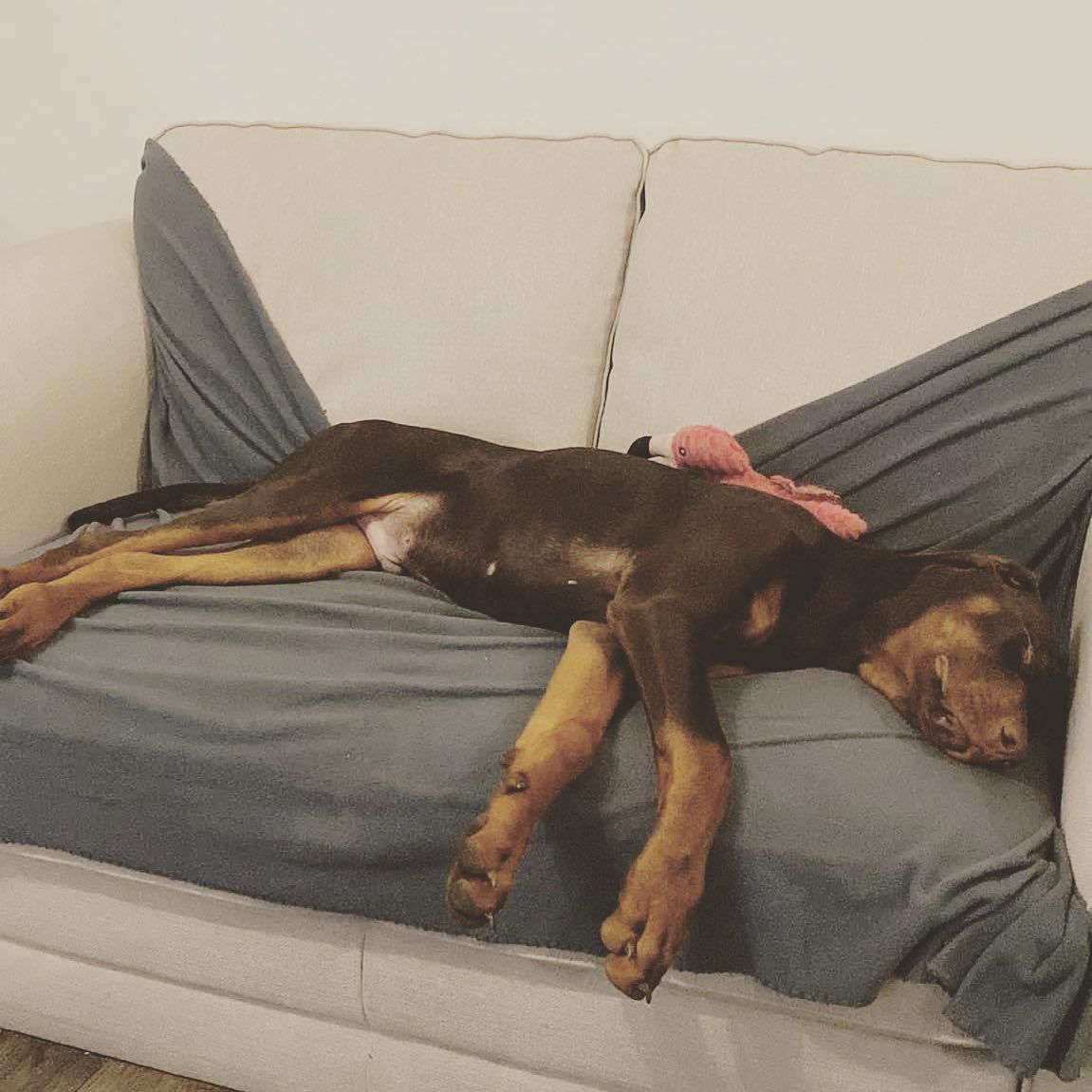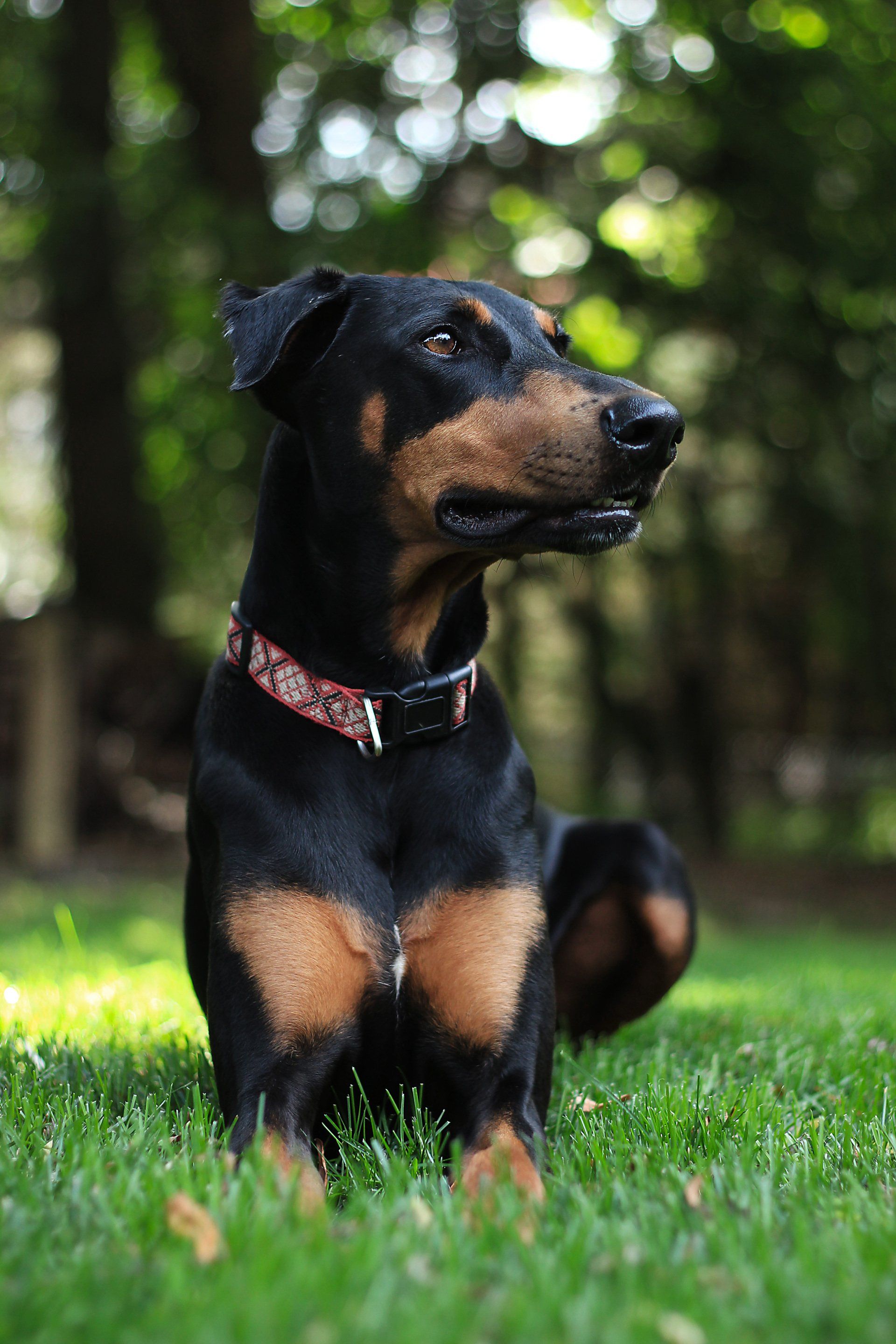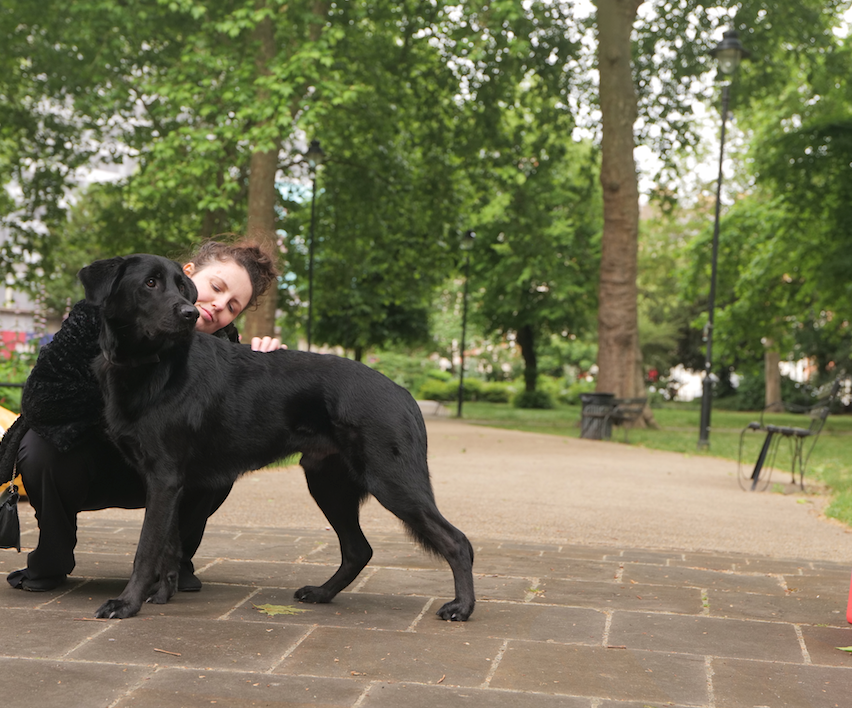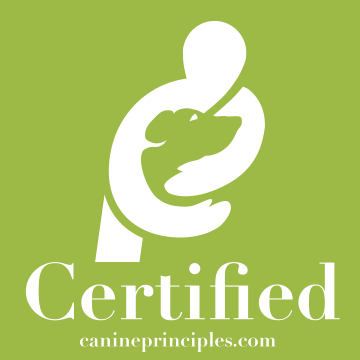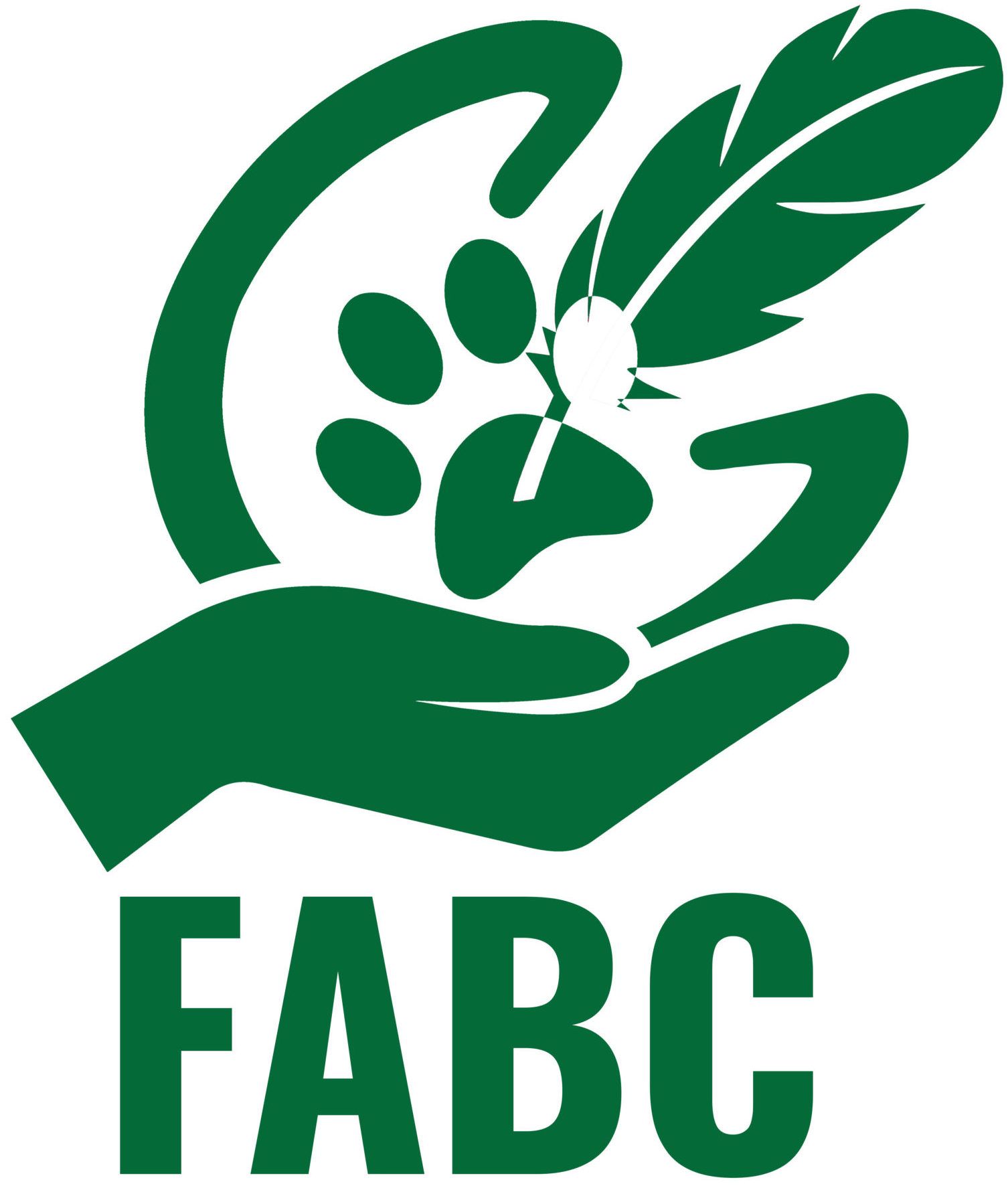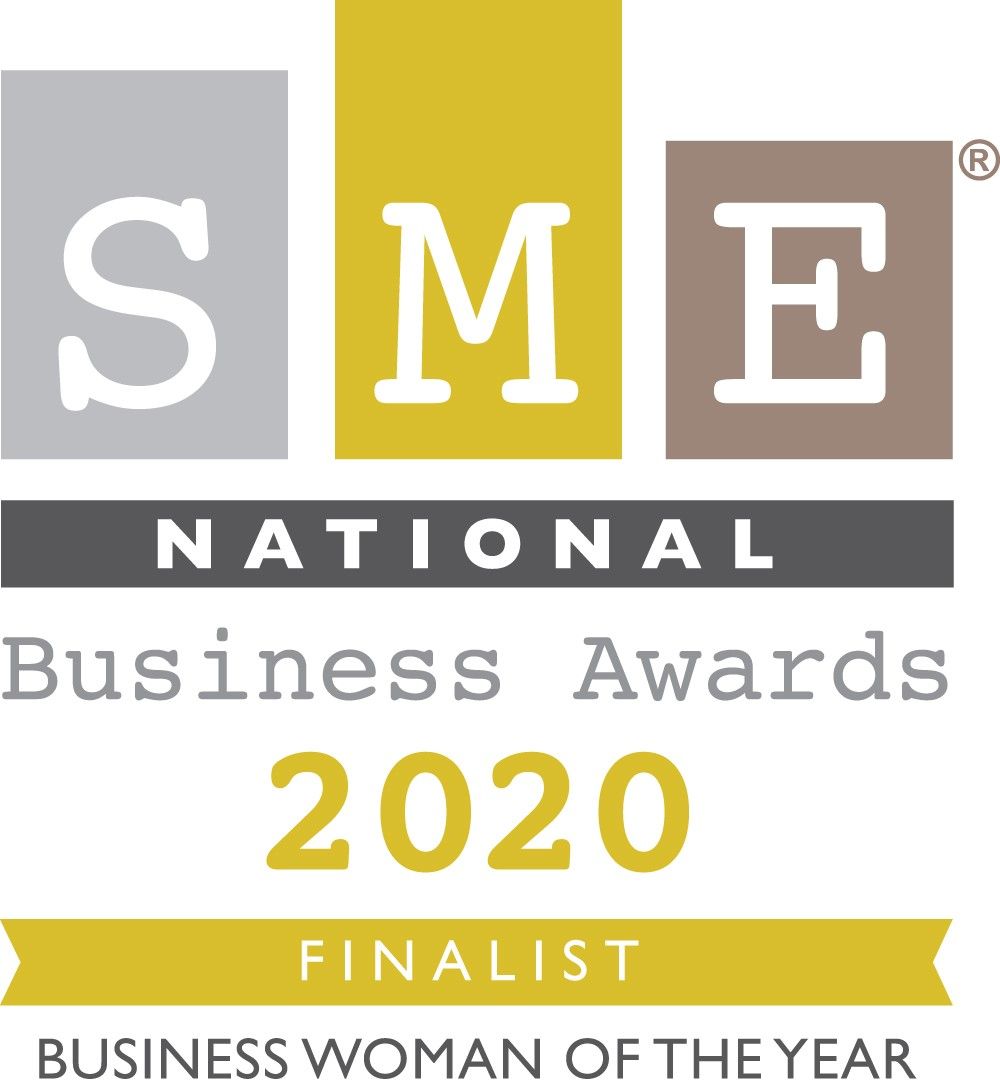What equipment do I need and what should I avoid in dog training? Why is it important?
If you head to Pets at home there is an overwhelming amount of equipment available.
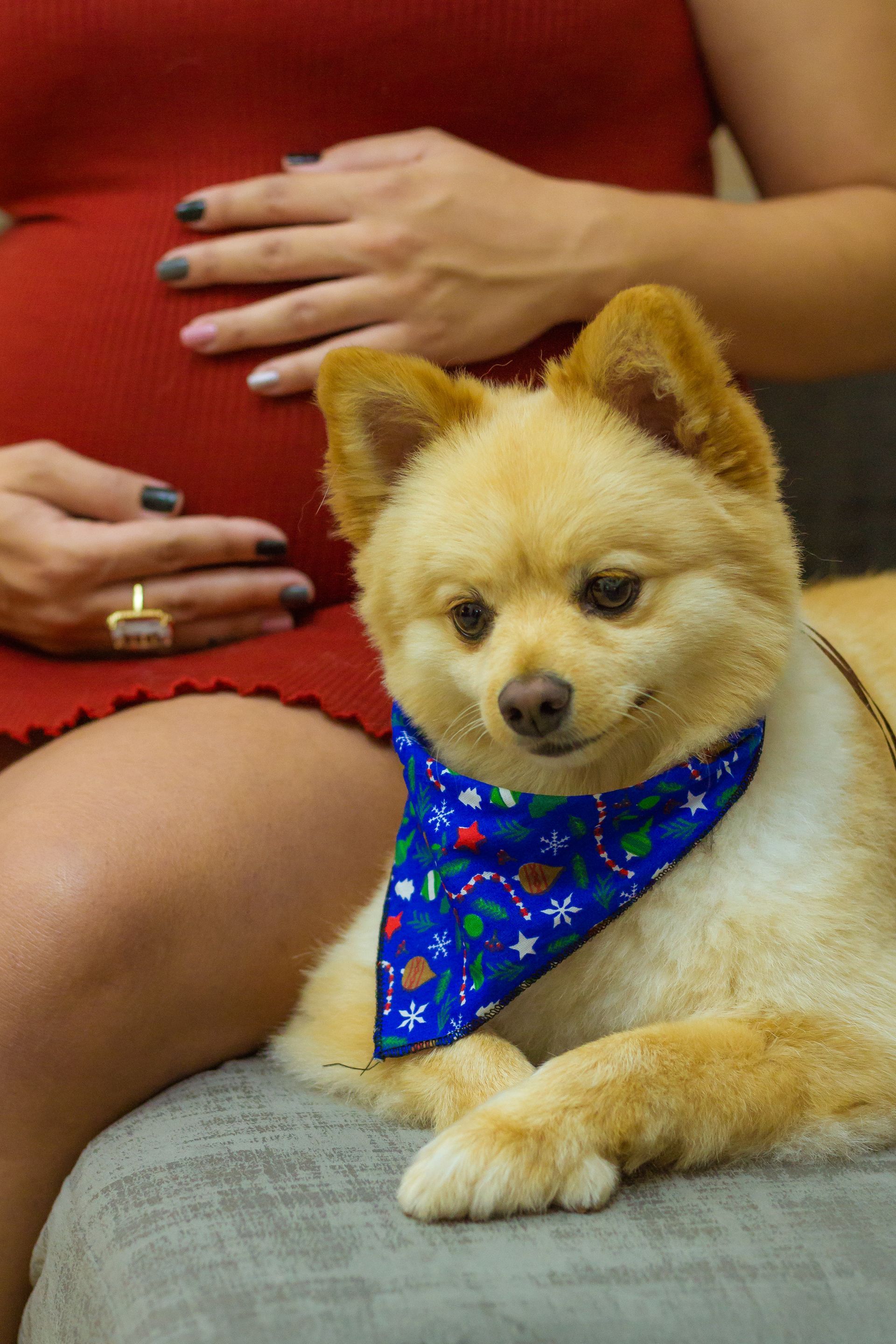
Some equipment can be dangerous and be emotionally and/or physically detrimental for your puppy or dog. So you can make an informed decision about what equipment to purchase and what not to bother with it’s important to define the types of training methods that are available. Here at St Paws, I use positive reinforcement and negative punishment. They are successful, have been used with animals in zoo’s, are kind and if you get the timing wrong it doesn’t lead to disastrous effects. There are many people who use different methods and people in the park may suggest different ideas but read on to be in the know. This is an excellent paper that shows studies into this (so you know it’s not just me sitting here with a box of crayon’s writing up my own theories). Tip of the hat to Russell Brand for the crayon comment.
Here are the four forms of operant conditioning. Operant conditioning relates to how a pet learns.
Positive reinforcement – this means adding something to make a behaviour more likely such as food or toys.
Negative punishment – this means taking away /withholding something such as access to something such as a treat.
Positive punishment – this means adding something to make a behaviour less likely such as telling a dog off or making a loud noise.
Negative reinforcement – this means taking some pain away when a pet complies. They are not learning anything here however, they are only stopping because it is painful. An example is with a chain collar pressure is exerted when a pet pulls and therefore the pain stops if they stop pulling.
Positive punishment and negative reinforcement can be painful and scary. It can also make a pet more stressed and unpredictable. Some pets get used to the pain, or the motivation is higher than the pain. This means the punishment will need to be exacerbated to a higher level – this is obviously a massive welfare concern.
For ease I’ve divided up the equipment into type and If applicable added what type of reinforcer/punisher it relates to.
Puppy toilet training
Toilet training spray to clear up accidents that is pet friendly is important.
Puppy pads can increase the likelihood of a pet going to the bathroom indoors.
Dog walking equipment
Slip leads
These cause pressure on a dogs neck and can exert a painful sensation. This is a form of negative reinforcement.
Flexi leads
I’m not a fan of these leads as the device can get stuck resulting in the lead being lengthened. A dog could run into the road and get caught under a car. Moreover, they can cause tension and pain as when a dog runs it can jolt forwards and backwards- my mentor explained this to me.
Biothane leads
A long lead can be an excellent tool for safety when practicing recall.
Chain collars
These can cause pain and tension around a dog’s neck. Hardly ideal for a dog who is already stressed or in pain. Potentially a dog can associate the pain with something they see such as another dog
Harnesses
Harnesses are good but it depends on the type. Some harnesses will be painful when going over a dogs ears (especially if their ears are pointy). The perfect fit harness is my choice. When choosing a harness think about where the clip for the lead is located – when you pull it see if it places pressure on your dog’s neck.
Training
Treats
Positive reinforcement. Great for rewarding your dog for behaviour you’d love to see more of. These can vary in terms of your dog's preference and the quality can too so check those ingredients. Remember animal derivatives can be beaks and feathers.
Stop it spray/Pet Corrector
This is a form of positive punishment. The danger is the dog will not be bothered by it or will be scared of it and start generalising the noise to similar sounds.
Enrichment
A kong wobbler
This can be great fun and a mentally stimulating game for your dog to bust some energy.
